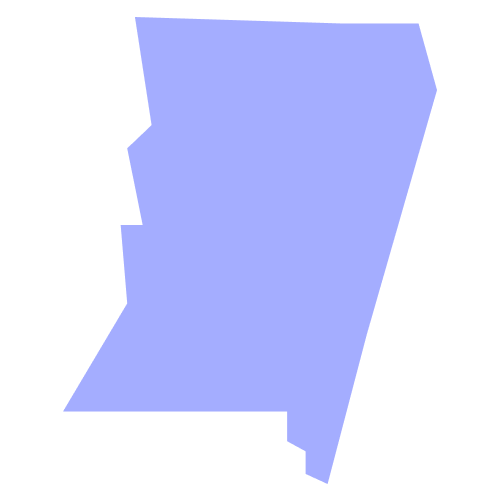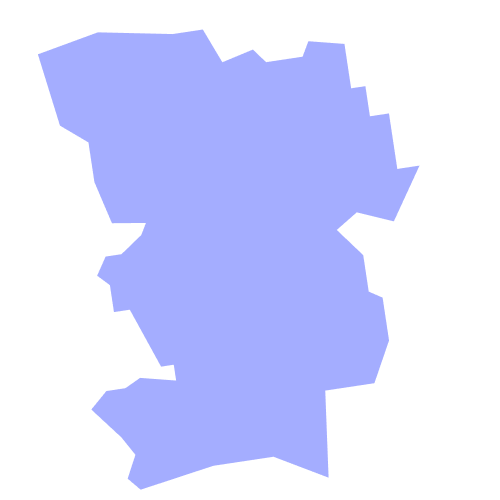
Data in the Redistricting Process
Read our Redistricting Readiness Checklist to learn how to use this data in the redistricting process

Redistricting Process
Visit All About Redistricting to learn more about the rules, criteria, and litigation in each state. The website has information about the redistricting process in each state, including the timing, whether and how public input is incorporated, and criteria. The website is a great resource to consult before using our data to draw maps!

Draw or Analyze a Map
Use our Choose Your Own Mapping Tool to find the right software to draw a Community of Interest or District Map

Metadata
All of the information you need about a given dataset will be included in the metadata, including column/variable names, methods and processing decisions, sources, dates when the data was retrieved, and any other valuable information about the file. If you have a specific question, please reach out to us!